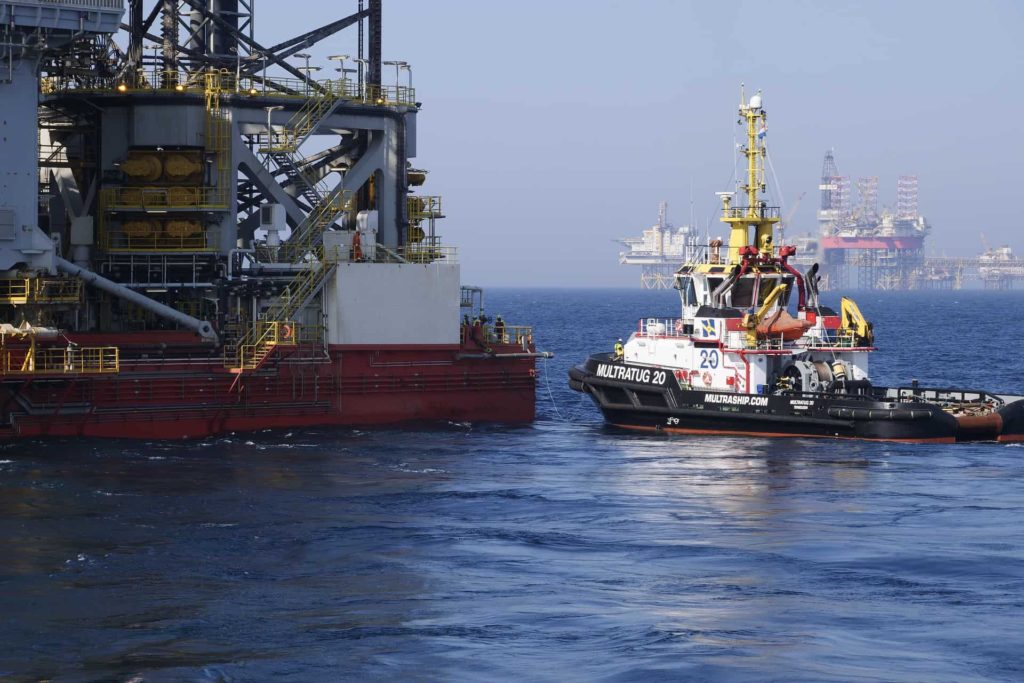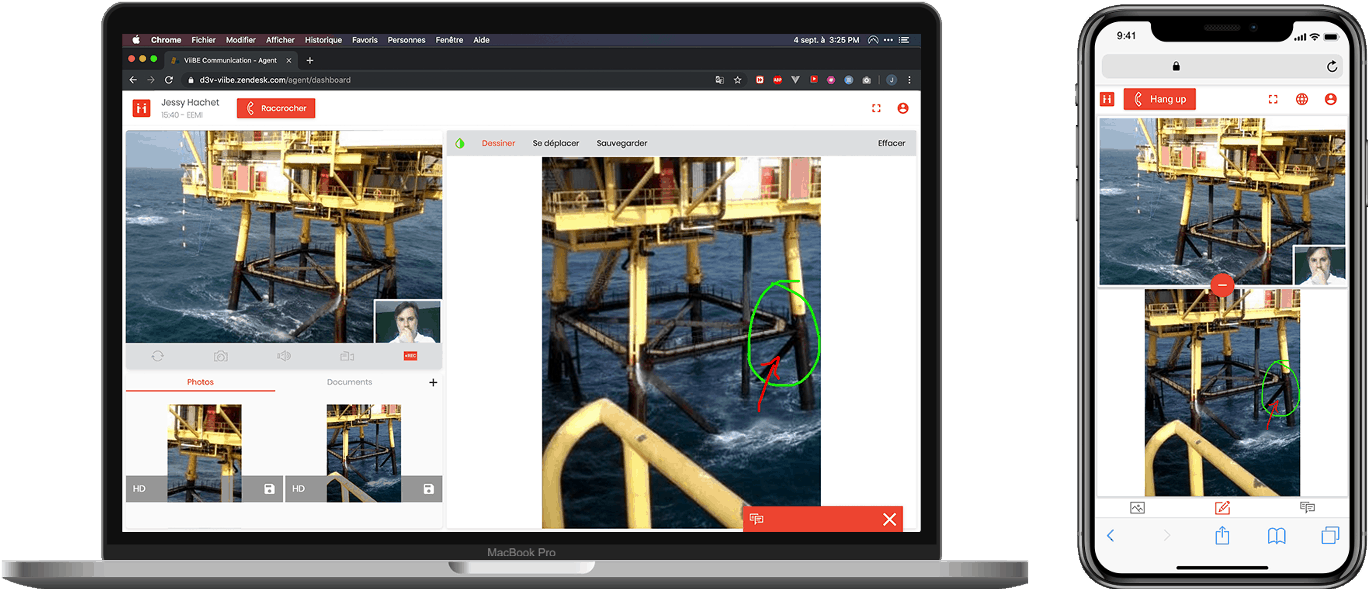
Share this article
Share this article
Oil and gas remain the leading forces of the world’s energy sources, accounting for 57.4% of worldwide energy consumed in 2016. This is not projected to change as demand continues to grow, albeit at a decreasing rate. According to PWC, 3.5 billion barrels of liquids were unearthed in 2017. However, this accounted for only 10% of the global demand. The demand surplus comes after a block of OPEC countries accounting for 50% of the global oil supply reduced the daily production by 1.8 million barrels to support the recovery of the industry according to KPMG.
Ultimately, recovery efforts have proven successful. Recent IEA projections state that the production of crude oil, NGL, and refinery feedstocks in OECD countries grew by 3.5% between October 2018-19. This production, led by the growth in US shale oil, is projected to continue with projects for expansion on the horizon.
While the overall demand for hydrocarbons continues to grow, the pace of growth is slowing. In addition, new supply is increasingly harder to find. As a result, companies must modernise their business plans to compete with the industry’s evolving economy. This is effectively achieved through the digitalisation of the industry facilitated through partnerships.

Communication between onshore and offshore sites has long been challenging, and critical messages have faced significant delay. With new remote connection capabilities thanks to satellite technology, the communication gap with offshore worksites is rapidly diminishing. This presents a huge opportunity for investment since communication was previously a critical roadblock for digitalisation.
In this new digital reality of oil and gas, there are cost-efficient improvements and alternatives available at every step of the value chain. In order to provide accurate remote technical support, innovative digital technologies must be integrated into the workflow. This is supported by industry workers. 94% of workers reported that having a seamless connection between digital communication platforms is at least somewhat important.
Likewise, maintaining infrastructure quality has long been deferred. This is largely due to harsh weather conditions and difficulty accessing the necessary expertise for troubleshooting. Displacements of aircraft to send specialised experts on-site are incredibly costly, but necessary without remote assistance technology. Unfortunately, before satellite connection and digital technologies, the alternative was to allow the decline of these offshore sites.
Consequently, this is what happened in the UK. The government confirmed that the production efficiency on the UKCS dropped over 20% in less than 10 years. As a result, over $60 billion in revenue has been lost since deterioration began in 2005. Furthermore, about half of these losses are directly from plant equipment failure and unplanned shutdowns.
Reinventing a digitally-centred future for oil and gas provides a massive opportunity to avoid displacements and reduce deterioration. Future projects will be much better poised to reduce risks and optimise performance by reconfiguring their processes and operations models.

Currently, oil and gas companies are lagging behind on leveraging the power of digital and start-up innovations. In fact, only 33% of oil and gas companies are forging new partnerships to integrate digital solutions into their business models. This figure needs to dramatically increase for companies to remain competitive and relevant in an increasingly complex industry. For example, remote video assistance solutions like ViiBE can be used for troubleshooting on offshore platforms without having to send a technical expert on-site. This technology, as seen in the image above, reduces machine downtime, enhances safety, and eliminates unnecessary CO2 emissions.
In order to sustain profits, these challenges must be addressed in the near future. Yes, business transformations may seem daunting. However, there are profitable, digital solutions that can easily be integrated into existing processes. Above all, investing in digitalisation is critical for supporting long-term growth and resolving communication challenges.
Free E-book available now!